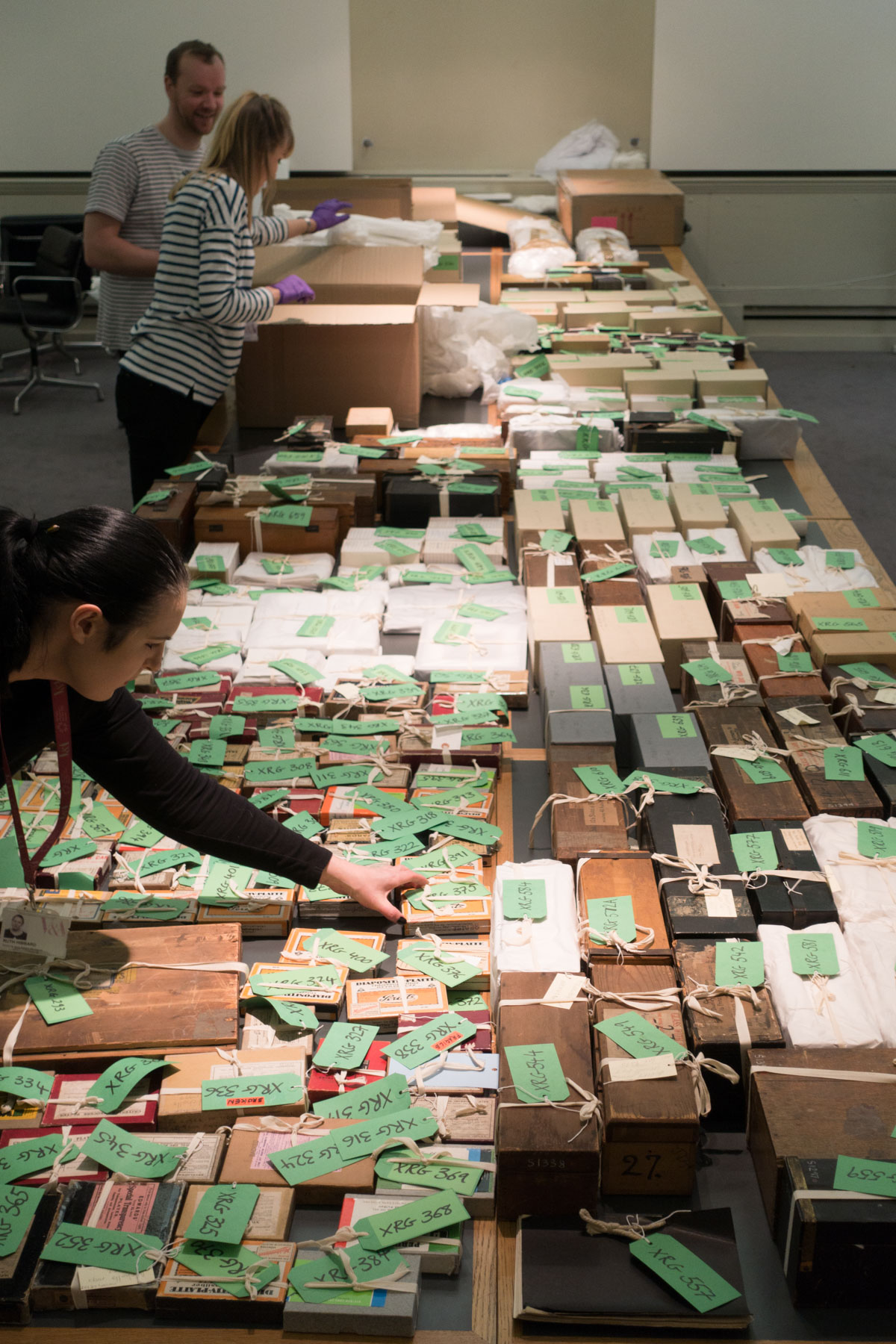
The Royal Photographic Society (RPS) collection was delivered to the V&A in 22 lorry loads over six weekends in February and March 2017. A year on, a lot has happened since this spectacular collection arrived….
Public Access
Over 130 visitors have viewed objects from the RPS collection in the Prints and Drawing Study Room. The Study Room is open Tuesdays to Fridays and anyone is welcome to visit. Our first ever visitor to view RPS material looked at glass plate negatives by Horace Nicholls (1867-1941), a prolific press photographer who covered a wide variety of subjects from Edwardian society gatherings to the Boer War. Since then we have welcomed visitors researching everything from early paper negatives to magic lantern slides.

Displaying the Collection
Curators, conservators and designers are hard at work preparing the first displays for the V&A Photography Centre. Phase One of the Centre will open this autumn, showcasing a history of photography and special commission by Thomas Ruff.
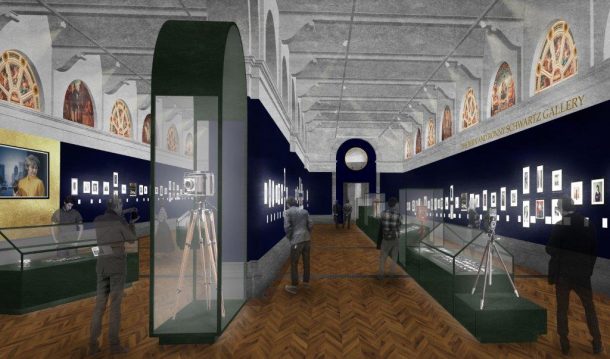
Loans
Since the collection arrived at the V&A, 16 RPS objects have been lent to other museums and galleries. You can see photographs from the collection right now in exhibitions at the National Portrait Gallery, the Pushkin Museum, and Nottingham Contemporary. A further 32 objects are due to go out on loan later this year, including to the Los Angeles County Museum of Art in July 2018 and the National Gallery of Canada.
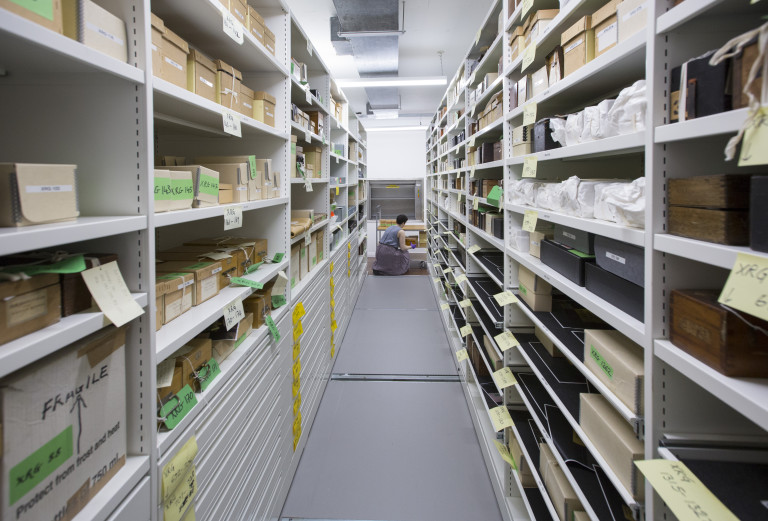
Storage
The V&A rebuilt a large climate-controlled store to house the RPS photographic prints and glass-based items, and the new store was completed a few months before the collection began arriving. Since then we have settled into the new space, and have been re-organizing the collection, replacing old boxes which were no longer suitable, and looking through every single box to make lists of the contents and assess and remove potential hazards such as nitrate film. For safety, nitrate film should be kept in frozen conditions, so this material is stored separately.
This survey of the boxes took staff and dedicated volunteers several months, but it was a fascinating and enjoyable task. You can see for yourselves the kind of treasures we were looking at, as we have published the box lists here. You can now request to view most of this material in the Prints and Drawings Study Room, (with the exception of those objects which are very fragile, and those currently on loan or being conserved.)
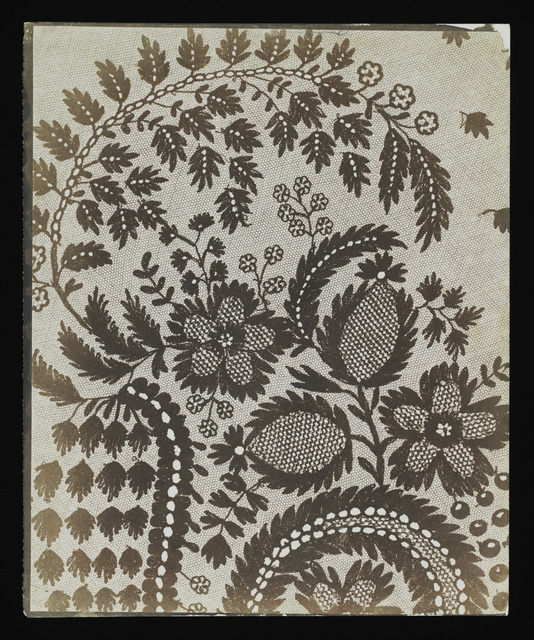
Cataloguing
As well as creating box lists, we are cataloguing each object individually. As of May 2018, over 5,000 objects have their own records on our database and you can see these on the online catalogue Search the Collections – just search for Royal Photographic Society.
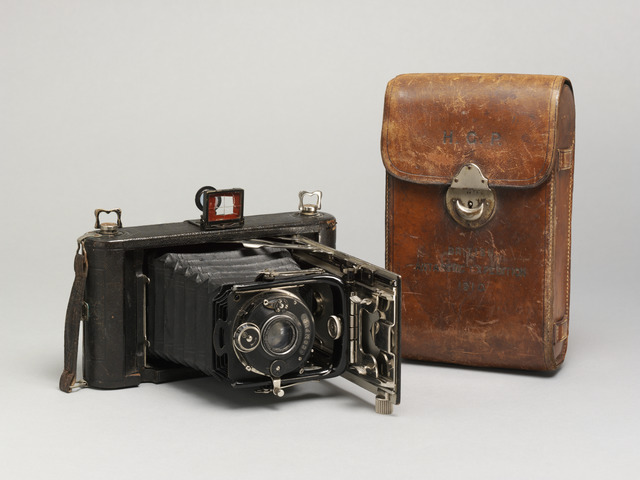
Digitisation
Our Photographic Studio staff have been working hard to produce new digital images to accompany the written catalogue records. This image of a Julia Margaret Cameron photograph is one of 2,000 digital images produced so far, and more will be appearing online every week as we work through the RPS collection.
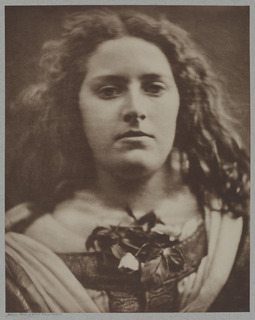
Conservation
A dedicated photographic conservator has been working with this collection since it arrived, dealing with problems from curling negative emulsion to chemically degrading film and damaged glass negatives. Some of the restoration she has been able to do has been almost magical:

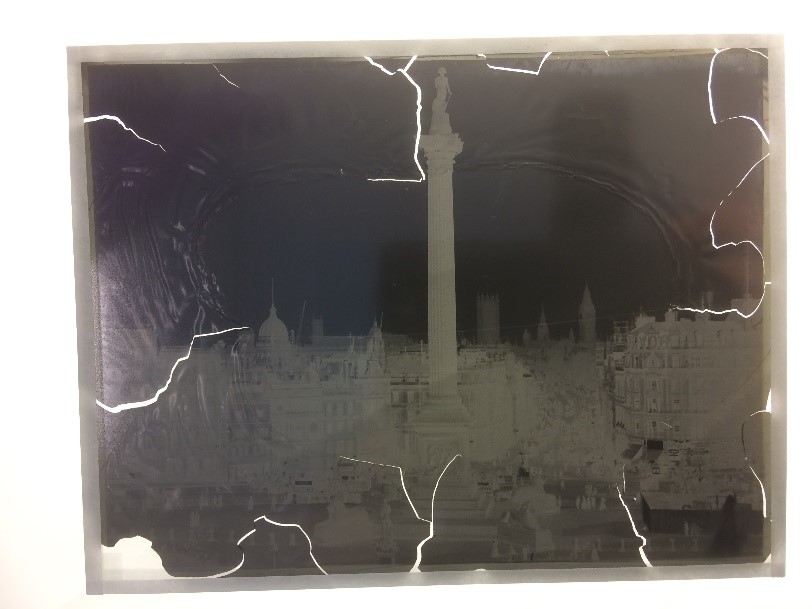
Less dramatic, but just as important, is the rehousing of objects in archivally sound sleeves and folders, so that photographs and negatives can be moved and looked at with less risk of damage. Lots of this had been done already, but there is always more to do – it is an ongoing task with collection of this size.
On reflection, it has been an incredibly busy year, but an exciting and enjoyable one as we get to know the RPS collection better. We hope to welcome you to the Prints and Drawings Study Room very soon, and we also can’t wait to show you the first phase of the new Photography Centre in the Autumn. If you’d like more information about what we have been up to, please do let us know in the comments below!

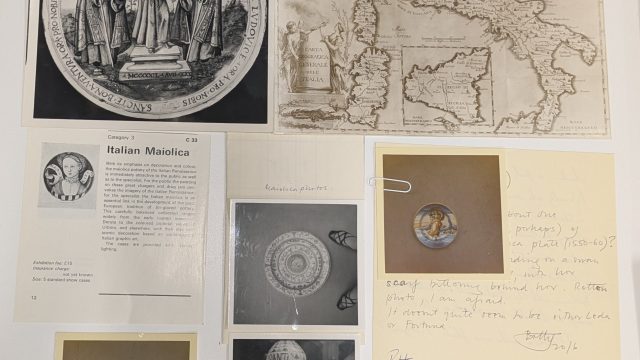

Hi, this weekend is nice in favor of me, for the reason that this time i am reading this enormous informative article here at my residence.